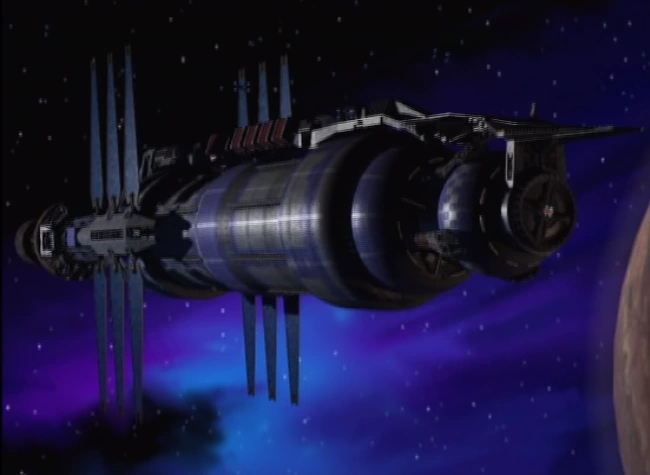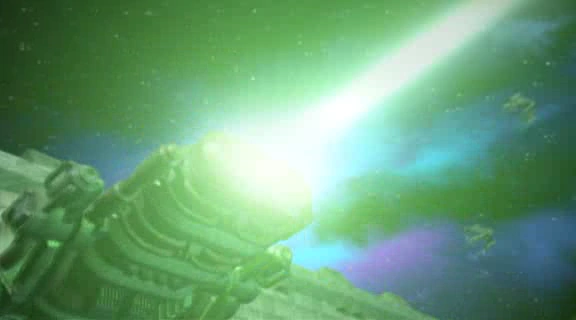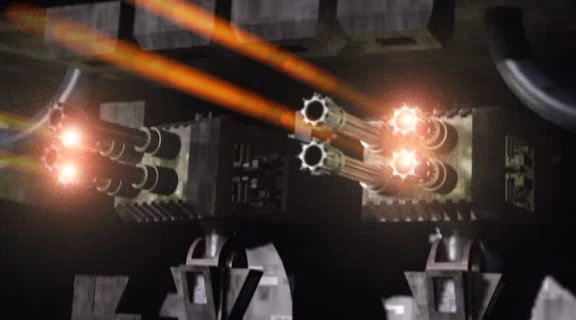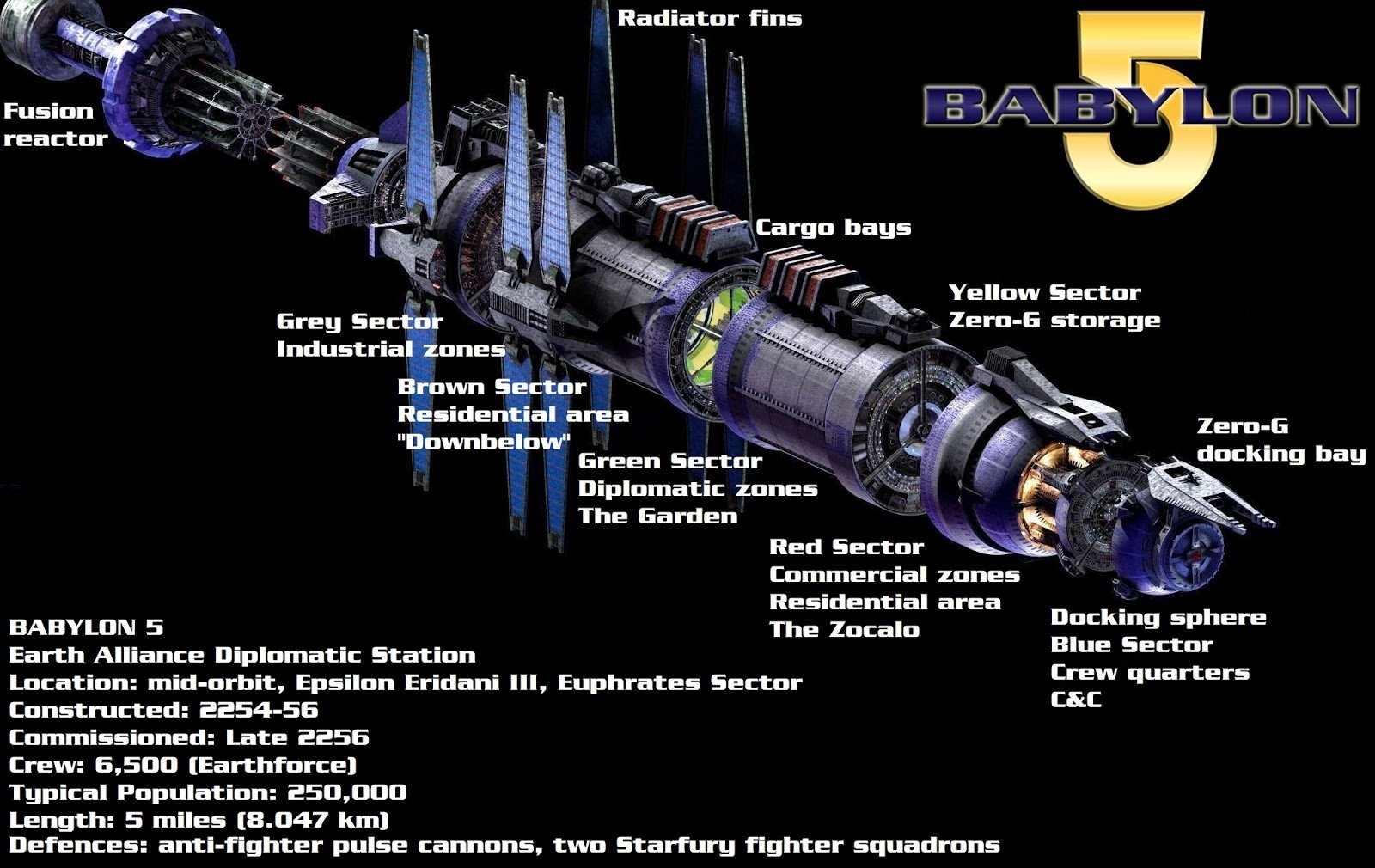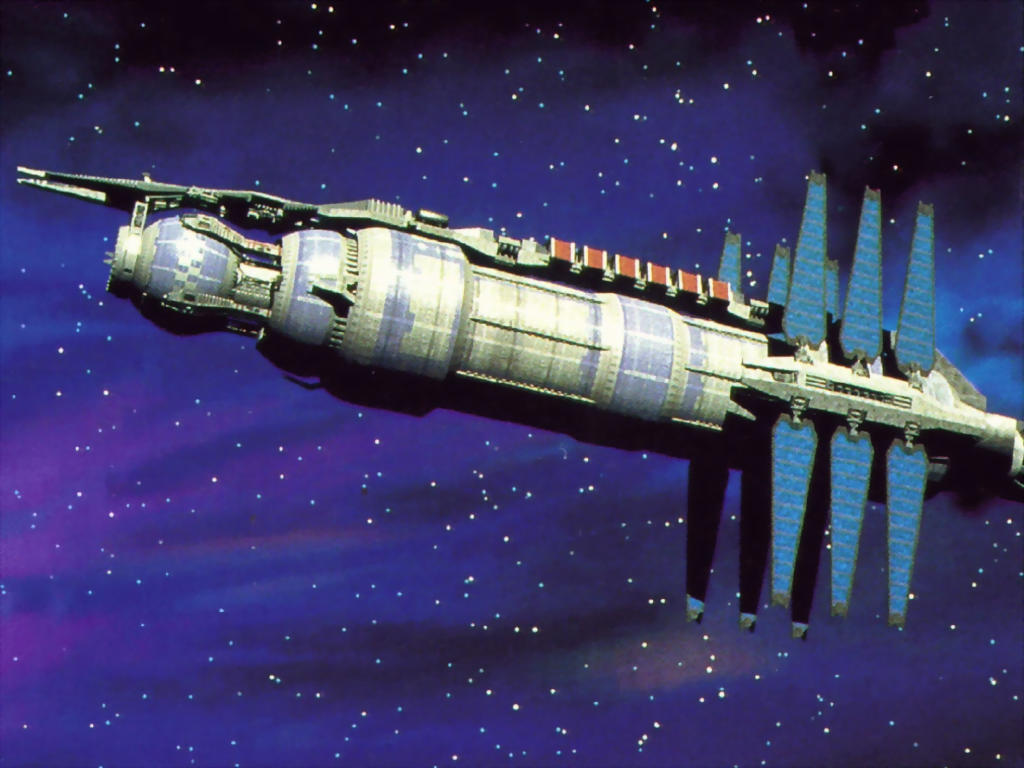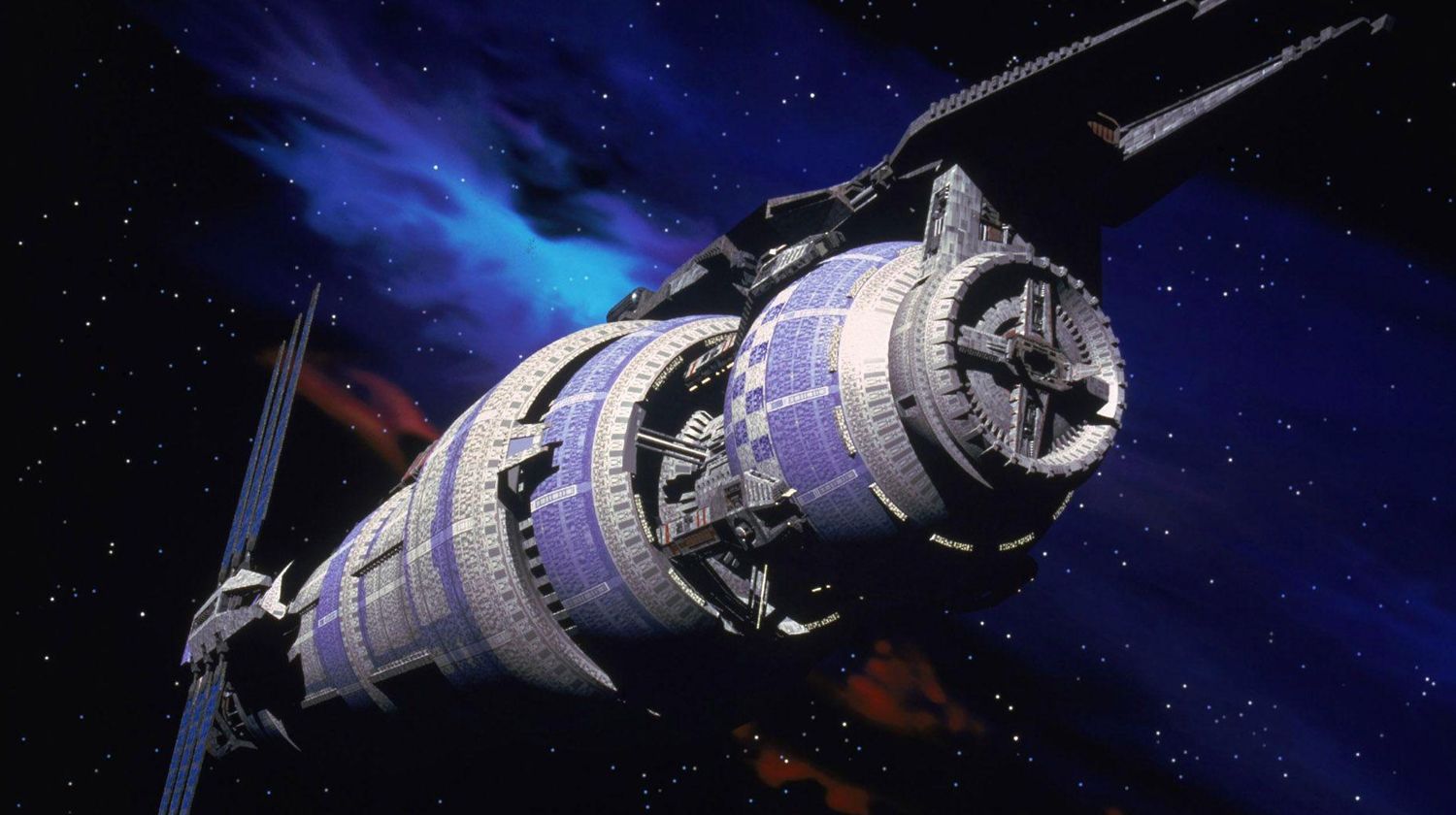B5: The Last, Best Hope for Peace – The Babylon 5 Breakdown
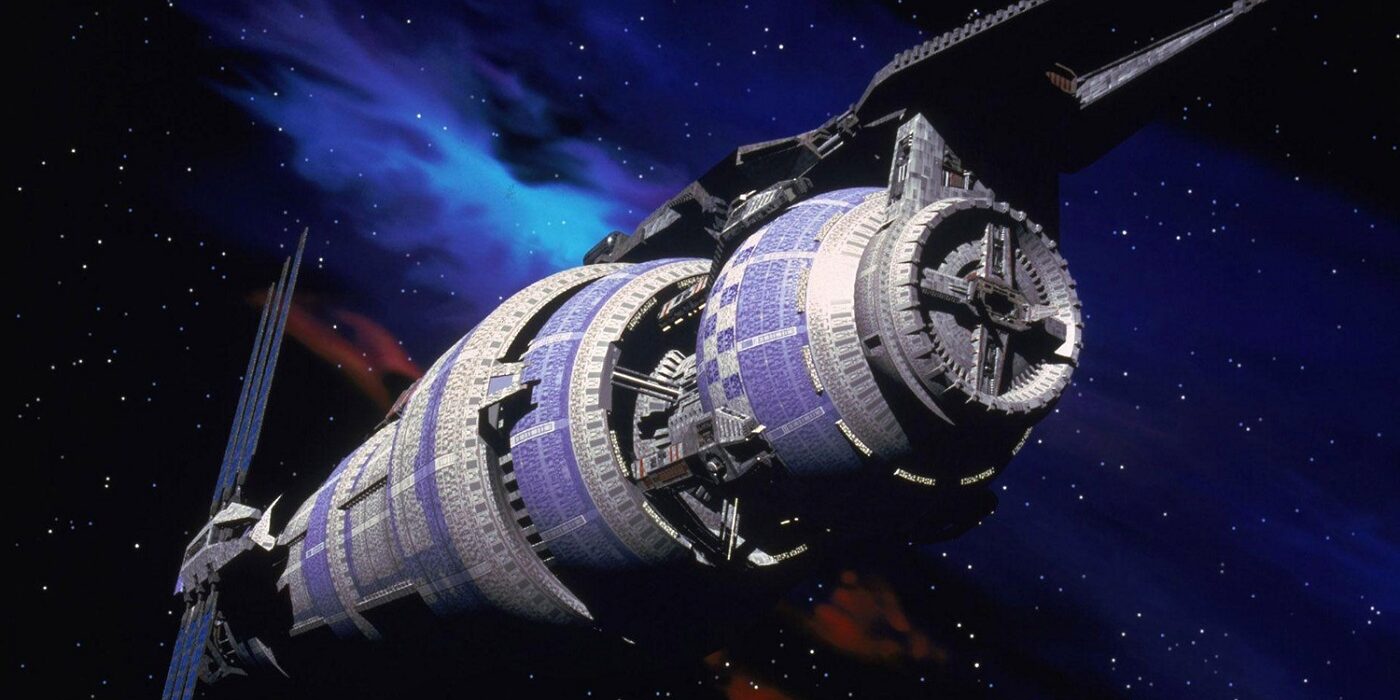

For many, it was our last, best hope for peace. For some, it was a symbol. Others just called it home. We break down Babylon 5.
In 2248, at the end of the Earth-Minbari War, humanity launched a great project to give peace a fighting chance in a galaxy that proved war between galactic factions could be devastating. Four stations were launched. Four ended in disaster. But the fifth and final station, Babylon 5, was humanity’s last, best hope for peace.
And though it cost humanity greatly to bring it online, it proved successful. It was for many a symbol of folly. Of humanity’s stubbornness. Something of value would be destroyed, then humanity would rebuild it. Again and again and again…until at last, it stays. But that was always the goal of Babylon 5, to strive, to seek, to find, and not to yield.
Babylon 5 – The Success of the Babylon Project
The Babylon Project sprung into existence at the end of the Earth-Minbari War. After that conflict proved to be devastating for humanity, to the point that the Earth Alliance found itself outmatched and saved only by a surprise and unconditional surrender thanks to a lone human seemingly possessing a Minbari soul. And not just any soul, but the soul of a revered leader.
However, the Minbari surrendered, and the Earth and humanity slunk on. Realizing that the many peoples of the galaxy were more than a match for humanity, the Babylon Project was launched. Its stated goal was to be a place for peace. Of neutral territory where the various empires and organizations could meet and foster cooperation.
The first three Babylon stations built were sabotaged, of course. Renegade factions who either failed to grasp how close the end had come or who didn’t want peace to blossom in the galaxy, destroyed the first three stations. However, Babylon 4 was fully completed. But not twenty-four hours after its launch, it disappeared in 2254.
Babylon 5, however, that one stayed. With substantial assistance from the Centauri and Minbari governments, Babylon 5 came into being and the galaxy had a fighting chance for peace.
Design and Systems
Babylon 5 was efficient and advanced. While it was the smallest of the five space stations, it was still quite sizable. B5’s habitation cylinder alone was five miles long and had 2500 personnel manning it. At peak capacity, Babylon 5 could hold upwards of 250,000 inhabitants.
And situated at the L5 point in orbit around the planet Epsilon III near Epsilon Eridani, by a strategically important jumpgate, Babylon 5 was also a trade station and command post.
The habitation cylinder rotated, producing gravity for its inhabitants. A bank of fusion reactors generated enough power to run the station’s systems. But even with these allowances, Babylon 5 was always in need of something. Water reclamation systems made sure there was enough recycled water, but only executive suites and command quarters had showers, for instance.
And funded as it was by both Centauri and Minbari peoples as well as Earth Alliance, Babylon 5 was armed and well-defended. A sophisticated defense grid, consisting of particle arrays, plasma cannons, pulse cannons, and missile launchers, protected the station. As well, several hidden bays allowed the station to launch an interceptor system, which helped counter incoming fire. And E-Systems could detect small arms fire aboard the station.
All of which meant the station was as secure as possible, inside and out.
Layout
The core of Babylon 5 could be parsed out into six primary sectors. Each of these was color-coded. B5’s main sectors comprised Blue, Red, Green, Brown, Grey, and Yellow, each of which was subdivided into 36 distinct regions divided along 10-degree lines respective to the station core.
Within the station, directions were oriented around the core as well: spinward, retrograde, forward, and aft. Fore and aft were marked by the command sphere and power plant, respectively.
Each sector had its own purpose.
Blue Sector was the forward operational control center area. Docking bays, embarkation, and customs, as well as Command & Control and quarters for station personnel, could all be found here.
Red Sector was the station’s commercial sector. There were hotels, restaurants, casinos, and conference areas, as well as the businesses these places supported.
Green Sector was the diplomatic sector. Here diplomats and command personnel could meet, the different factions of the galaxy had offices and quarters here. Visitors to this sector were rare, limited to diplomatic or command staff only, but the dignitaries aboard Babylon 5 could expect luxury.
Brown Sector was dedicated to life support, water reclamation, and other essential supporting areas. As well as a residential section for the less well-off. It was originally intended as a secondary living/commercial area. But it was unfinished in the rush to complete the station.
Grey Sector was the furthest aftward. Like Brown Sector, Grey was incomplete owing to budgetary restrictions. Once Babylon 5 was launched, it was the station’s fabrication and maintenance ward. But illicit activities occurred here frequently since the machinery prevented reliable scans and communication.
Yellow Sector was the single biggest section of the station. Yellow was fully zero-gravity and reserved for cargo transfers and storage. Though it was mostly intended for zero-gravity needs, it also housed research labs.
A Brief History of Babylon 5
Babylon 5 distinguished itself over a long career. Against the odds, literally, the station was finished in 2256. Aboard the Babylon 5 advisory council were ambassadors from governments who supported the Babylon project:
- Minbari Federation
- Centauri Republic
- Narn Regime
- Earth Alliance
- The League of Non-Aligned Worlds
And in early 2257, the station welcomed its final Advisory Council member, an ambassador from the Vorlons: Kosh Naranek. Of course, this immediately through the station into disarray as a rogue Minbari Warrior attempted to assassinate Kosh.
A year later, the station faced threats from different angles. Rogue telepaths escaped to the station. Special operatives from Earthforce tried to capture and interrogate the station’s commander. The station’s security chief was implicated in an assassination attempt, the list goes on.
But despite all this, the station’s role as a diplomatic forum was largely a success. On B5, the Euphrates Treaty was signed, bringing temporary peace between the Centauri and Narn.
All that would change with the assassination of the president of Earth, Luis Santiago. After his assassination, peace was fragile.
Conspiracy and Shadows
In the wake of the death of President Santiago, a new commander was appointed to Babylon 5. Captain John Sheridan was ostensibly there to take up command of the station, but he was secretly there to uncover the truth of what really happened to the president. A role that would ultimately lead the station to break away from the Earth Alliance, becoming an independent space during the Earth Alliance Civil War.
With the protection of the other governments that backed the Babylon Project, Babylon 5 remained secure and fought off an attack from Earth. However, this put the station at the center of a growing conflict, one older than humanity or any other people. It was a war between the Vorlons and the Shadows.
Through the later years, the station became a command post for the war against the Shadows. And due to the actions of the people aboard it, humanity found its place in the galaxy. And the Shadows were driven far beyond it. The Vorlons too. But that is a story for another time.
Not bad for a station that they rushed to finish and never was properly completed.

